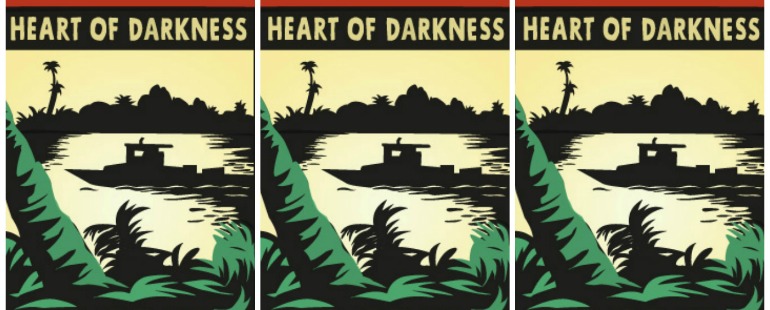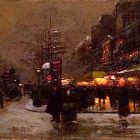Writing Trauma: Notes of Transcendence, #3—Finding Light in Darkness

This post is part of a series by Tracy Strauss on “Writing Trauma: Notes of Transcendence,” about the process and power of writing and publishing about trauma-related topics. To read the archives, click here.
Two years ago, while riding my bicycle on the Minuteman Bikeway from Cambridge to Bedford, Mass., I stopped at a café to use the restroom. That day, I didn’t know that a man had placed a recording device in a flowerpot, which he stationed in the women’s restroom on the floor by the toilet, then watched unsuspecting women via a streaming device. Several days later, when I saw the flowerpot on the news, I was horrified.
I called the police.
Eventually, I was informed that, because of the poor quality and angle of the obtained video samples, identifying the (several) recorded “Jane Does” wasn’t possible. Still, the Commonwealth filed charges.
Earlier this month, the alleged peeping tom finally stood trial. I was subpoenaed, along with many other witnesses, to testify. An attorney friend recommended I bring along a book to read. As a witness, I’d have to wait outside the courtroom to be called: “It could take a while,” she said.
I brought Joseph Conrad’s Heart of Darkness—not exactly a pleasure-read, but the academic semester was about to begin and I was going to be teaching the text. It had been years since I’d last taught the novella, and I wanted to re-read it carefully.
Waiting on a bench outside the courtroom, I opened the book, my mind drawing parallels between the murkiness of the video recordings in evidence and the nebulous darkness of the novella’s setting, the foggy impressionist style of prose. I was surprised that, despite my knowledge of the story’s portrayal of imperialism and racism, the acts of savagery, the madness of Kurtz, and the haunting exclamation of “the horror!”, I’d forgotten that the narrative was one about trauma.
In his critical essay, “‘The Horror! The Horror!’: Traumatic Repetition in Joseph Conrad’s Heart of Darkness and Mark Z. Danielewski’s House of Leaves,” Conor Michael Dawson claims that “. . . Conrad’s Heart of Darkness offers insight into art born from personal experience which explores the contortions of posttraumatic memory through the disturbed impressions of . . . Marlow.”
To be honest, I didn’t want my attention on trauma. I’d had enough of it. I closed the book. Just then, the defendant walked by, unattended. I looked at him, caught his gaze, and did not look away. I was angry and upset—but not afraid.
The trial began, and I remained outside the courtroom, sequestered with the other witnesses. I re-opened Heart of Darkness for a point of focus for my anxious thoughts, as if reading prose was a kind of meditation. I noticed how Conrad’s portrayal of setting reflected a brooding state of mind. In the opening scene, the narrator, aboard the Nellie, “a cruising yawl,” describes where he is:
The Sea-reach of the Thames stretched before us like the beginning of an interminable waterway. In the offing the sea and the sky were welded together without a joint and in the luminous space the tanned sails of the barges drifting up with the tide seemed to stand still in red clusters of canvas, sharply peaked with gleams of varnished sprits. A haze rested on the low shores that ran out to sea in vanishing flatness. The air was dark above Gravesend, and farther back still seemed condensed into a mournful gloom brooding motionless over the biggest, and the greatest, town on earth.
Along with the physical description, the alliterative sounds of soft consonants and the repetitive sense of sound created by the “ooh” of “gloom” and “brooding,” coupled with the “oh” in “mournful” and “motionless,” aurally paint an atmosphere of overwhelming psychological darkness.
The lulling, luring darkness captivates the narrator who states, “We felt meditative and fit for nothing but placid staring.”
Admittedly, waiting to testify, I didn’t get past the first couple of pages of Heart of Darkness. It’s not an easy read, and my mind was too preoccupied. Like the other witnesses, I felt agitated by what this man had allegedly done, and I was nervous about taking the stand and recounting my café experience in front of the defendant and a room of strangers.
Suddenly, a witness sitting next to me pointed down the hall. “Oh that’s so nice!” she exclaimed. “They have a meditation room!”
Desperate for relief, we all turned to look at a possible panacea. We squinted at the placard beside the door: “Mediation Room.” In a collective moment of realization, we all started laughing, releasing ourselves from the air of tension around us.
In life, as in literature, the physical attributes of setting establish an overall mood: the courthouse was a place of criminal justice, where the tone was heavy, at times gravely serious. Yet, even within a stressful, emotionally painful situation, the witness’s misreading of the mediation room placard shifted the mood, infusing the surrounding darkness with a moment of lightness.
Joseph Conrad once wrote, “My task which I am trying to achieve is, by the power of the written word, to make you think, to make you feel—it is, above all else, to make you see.” Literature has the power to provide perspective. Perhaps I’d brought Heart of Darkness—the Norton critical edition, which contains the voices of many writers and scholars interpreting and judging the story—to court with me not as reading material but as a talisman, as a symbol of what I believe literature has the power to do: to illuminate, in the way I and several other witnesses did in court that day, speaking about an experience, recalling the terrible details, and then letting the jury decide its verdict.


